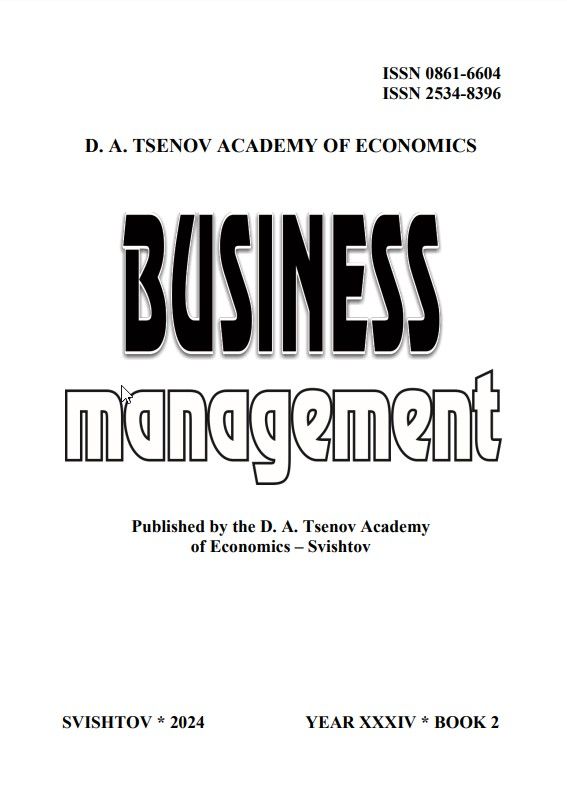Measures To Balance The Labour Market: An Institutional Partnership Between Business And The Vocational Training System
Measures To Balance The Labour Market: An Institutional Partnership Between Business And The Vocational Training System
Author(s): Olha Mulska, Taras Vasyltsiv, Ruslan Lupak, Iryna Biletska, Oleh MykytynSubject(s): Economy, Business Economy / Management
Published by: Стопанска академия »Д. А. Ценов«
Keywords: business; labour market; workforce; employers; dual education; region
Summary/Abstract: The study aims to identify imbalances, obstacles and opportunities for realizing the capacity of institutional partnership between employers and vocational education institutions (the case of Lviv region in Ukraine) to balance the labour market. The study is based on the general scientific methods of research – analysis, synthesis, logical generalization and decomposition, as well as special methods – sociological survey and the method of weighted harmonic mean. The methodological tools of the sociological survey include a three-part questionnaire aimed at identifying business needs for workers and business willingness to employ graduates of vocational education institutions (VEIs), as well as substantiating the opportunities for cooperation between VEIs. The study shows that there is a significant shortage of workers in the region (especially locksmiths, construction workers, turners, electricians, etc.) in such economic sectors as water supply, sewerage and waste management, agriculture, forestry and fishing, mining and processing industry, service sector, etc. The authors reveal a low level of cooperation between VEIs and businesses or that of a purely formal nature, which affects the extent to which enterprises are staffed by workers. They also identify a significant need for coordination between businesses and VEIs to meet the demand for workers and the specific occupational and qualification characteristics of graduates. The study reveals the main obstacles to the spread of dual education and substantiates promising areas for its modernization.
Journal: Бизнес управление
- Issue Year: 2024
- Issue No: 2
- Page Range: 76-96
- Page Count: 21
- Language: English

